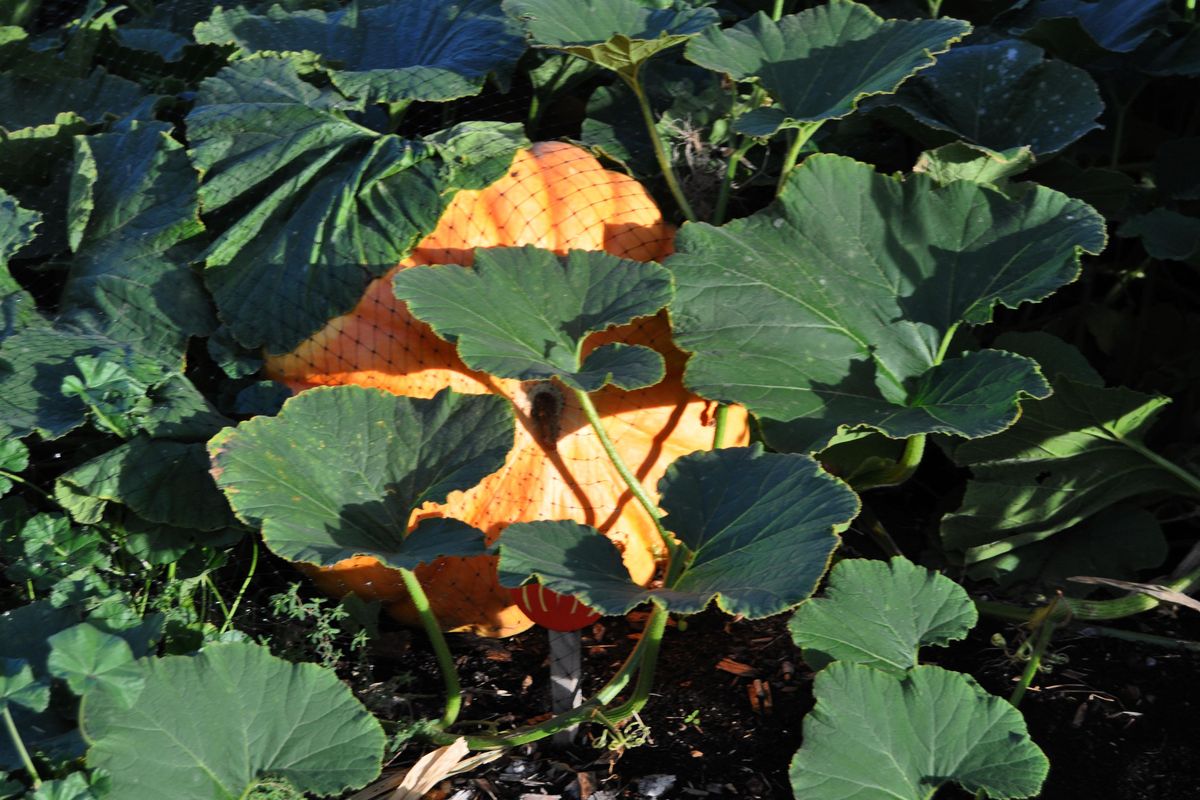Gardening: How-to guide for storing season’s harvest

I think its safe to say the gardening season is just about done. A lot of gardeners I talked to are hustling to pick the last of the green tomatoes, peppers, squash, pumpkins and potatoes. Apple harvest is in full swing and for those lucky enough to have a cider press, the sweet juice is flowing.
So, how do you store all this bounty. It’s not hard if you pay attention to a few simple guidelines.
Green tomatoes will ripen if they have a little space and even temperatures. Once picked, discard any with blemishes that break the skin or are a translucent color, which indicates freeze damage. Spread them out in a single layer on newspaper or a box so they aren’t touching in a cool place indoors. Check them frequently to pick the ripe ones or discard the rotting ones. You might eat the last of them for Thanksgiving.
Squash and pumpkins need to be harvested with about 2 inches of stem intact. Brush off any dirt and then store them in a single layer in a warm place to harden up. I use my seed starting racks right next to our furnace. Once they are hardened off, they can be stored on shelves. Don’t let them touch as that can transfer rot if one goes bad. Use by mid-winter.
Potatoes need to be dug and brought into a dry place to let their skins cure for a week. Brush off the worst of the dirt and store them in a shallow box in a cool, dark place like a basement or unused room. Check them frequently and use them before the end of February. They start sprouting as early spring arrives.
Apples should be free of blemishes and packed into cardboard boxes. If you bought peaches or other fruit by the lug or box earlier in the summer, the fruit boxes are perfect for storing them. Keep in mind that some apples won’t keep very long while others will last well into the winter. If you know what kind of apple you have do some research on how long that variety will store. If they start getting soft its time to make applesauce or pies.
Onions need to be harvested before it freezes and brought into a dry place to cure for a couple of weeks to harden their skins. Lay them out on newspaper in a single layer. When their skins are a papery brown, store them in an old onion sack or mesh bag so they can breathe. If there isn’t enough air circulation, they will rot quickly. Again, some onions are long keepers while others will go bad within a couple of months. Walla Walla sweet onions will only keep a couple of months.
Crops like parsnips, leeks and carrots can survive in the garden over winter if they are covered with a four to six-inch layer of mulch by the end of the month. They can be harvested in the spring as the ground thaws.
Pat Munts has gardened in the Spokane Valley for over 40 years. She is co-author of “Northwest Gardener’s Handbook” with Susan Mulvihill. She can be reached at pat@ inlandnwgardening.com.